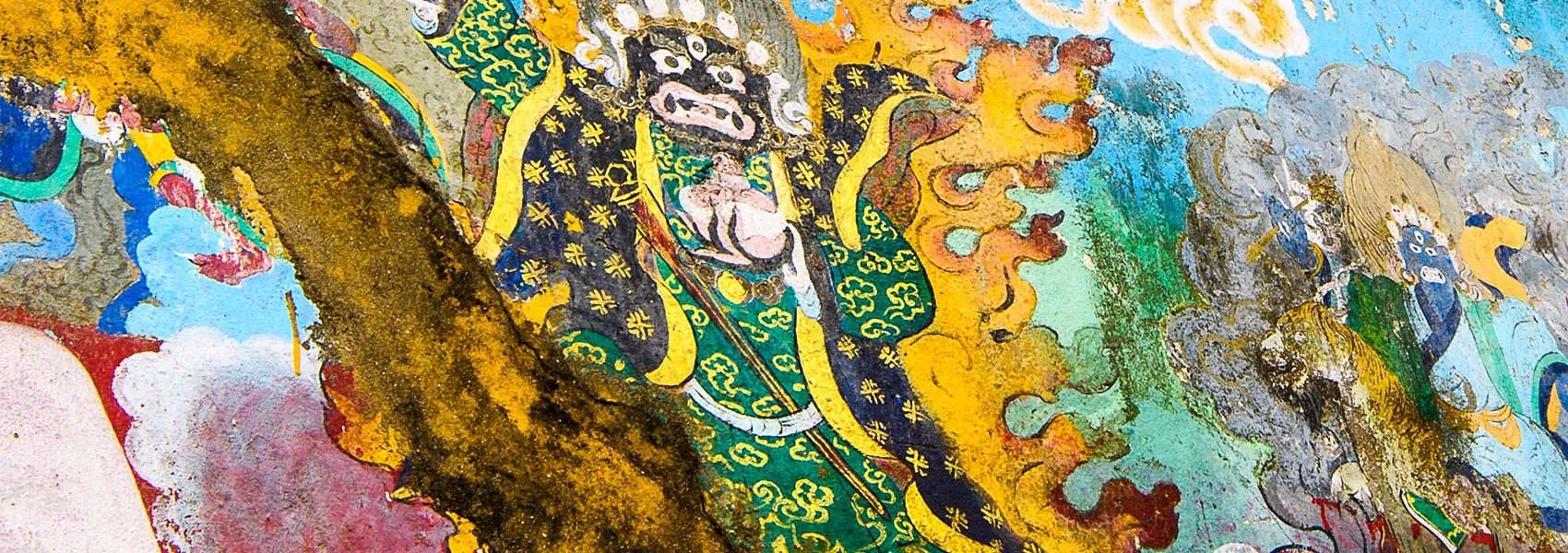
Published 10th Mar. 2023
Reading time
India is home to some of the world’s most fascinating, fantastical and at times downright frightening myths and legends. Such spell-binding stories have survived the ravages of time thanks to the generations of grandparents whispering the tales of mythical creatures, unshakable curses and angry deities into the ears of little ones. The legends we have in store for you range from tales of natural disasters to lethal assassins in locations from enchanting coastline to the riverbanks of holy cities. Keep reading to discover the most entrancing myths and legends in India.
The south of Tamil Nadu is home to the Shore Temple, a beautiful complex of temples and shrines overlooking the peaceful waters of the Bay of Bengal. But legend has it that there were once a total of seven pagodas lining the shore, where today there just stands one. ‘So what happened to the other six?’, you ask. Well, it would seem that the gods became jealous of the unmatched beauty the seven pagodas possessed, provoking Lord Indra - the Hindu god of rain - to unleash a storm so huge that it submerged six of the seven temples for good. For eleven centuries such ideas were nothing more than mere myths muttered between locals. But then, just before the 2004 Boxing Day tsunami struck the coast of Mahabalipuram, the waves retreated into the ocean, revealing a row of rocks that might just have been the other six pagodas. The moment was brief, but it was enough for local fisherman to report seeing something worth investigating. The Indian Navy subsequently searched beneath the waters, finding… drumroll please… two submerged temples. The question of the other four remain a mystery but the question remains: for fear of angering the gods once again, do we dare excavate the pagodas?
Of all the myths and legends in India, there is one in particular that many still want to wish into fruition: the nectar of immortality. This elusive potion - known as Amritam - is said to have been fought over by the gods and demons at the beginning of time. The gods eventually outsmarted the demons, stealing Amritam for themselves and triggering a series of celestial wars. According to Hindu mythology, when the gods drank the nectar, four drops fell across India, namely in Haridwar, Nashik, Ujjain and Prayagraj. These four holy cities are important pilgrimage sites for Hindus, many of whom bathe in nearby rivers in hope of receiving the spiritual benefits of Amritam. Some also believe that during deep mediations the elixir flows through our pituitary gland into the back of our throats and turns our bodies into the divine body, while others claim that on certain auspicious days the rays of the moon pour Amritam onto earth, making the food and water it comes into contact with acquire magical qualities.
In the heart of the azure depths of the Bay of Bengal is the Ram Setu, a curious limestone trail connecting Pamban island off the coast of Tamil Nadu to the Mannar island off the coast of Sri Lanka. The shallow turquoise waters seem to part like the Red Sea, but how exactly did such a path come to exist? According to Hindu mythology it all started when the King of Demons, Ravana, (who is said to have 10 heads and 20 arms) kidnapped a beautiful goddess by the name of Sita. What he didn’t know however, was that Sita was the adored wife of Lord Rama, a powerful incarnation of the Hindu god, Vishnu. After learning of his wife’s kidnapping, Rama commanded an army of monkeys to build a bridge stretching across the ocean to Sri Lanka, where Sita was being held captive. The ensuing battle is known as The Ramyana, and is one of the most epic in all of Hindu mythology.
Southern Asia has a long history of earthquakes, some small enough to hardly feel and others truly destructive; so it’s only natural that there are tales on hand to explain such seemingly otherworldly disasters. But such explanations transcend from the reasonable to the truly bizarre. So who exactly are we to blame for the world’s terrifying tremors? Well, that would be none other that Shesha Naga, a cosmic serpent with as many heads as there are planets in the universe. Quite literally - each of his heads supposedly houses a planet. Legend has it that every time Shesha Naga turns one of his heads, an earthquake hits somewhere on Earth. Interestingly, snakes are revered in Hindu mythology and many temples across India are dedicated to them. Kukke Subramanya in Karnataka and Naganathaswamy and Sheshampadi in Tamil Nadu are just a few of the many temples devoted to snakes, and particularly Shesha Naga.
Our roundup of some of the most enthralling myths and legends in India finishes with the tantalising tale of the Vish Kanyas - or ‘poison maidens’ - women so venomous that just one touch, one kiss, could leave a fully-grown man dying in agony. Legend has it that the Vish Kanyas were fed drops of various poisons from as young as two-days old, so that by the time they reached adulthood they were immune to venom but weaponised for destruction. It is said that ancient Indian kings trained these women to be as beautiful and seductive as they were lethally dangerous, in the hope that their powerful unsuspecting enemies would be unable to resist the deadly touch of the original femme fatale. Whispers of these terrifying assassins spread far beyond the borders of India - it is believed that in Ancient Greece, Aristotle warned Alexander the Great of potential assassination attempts by poisonous women. Whether the Vish Kanyas are still wreaking havoc across the Indian Subcontinent remains a mystery - but best beware the siren call of seductive ladies just in case.
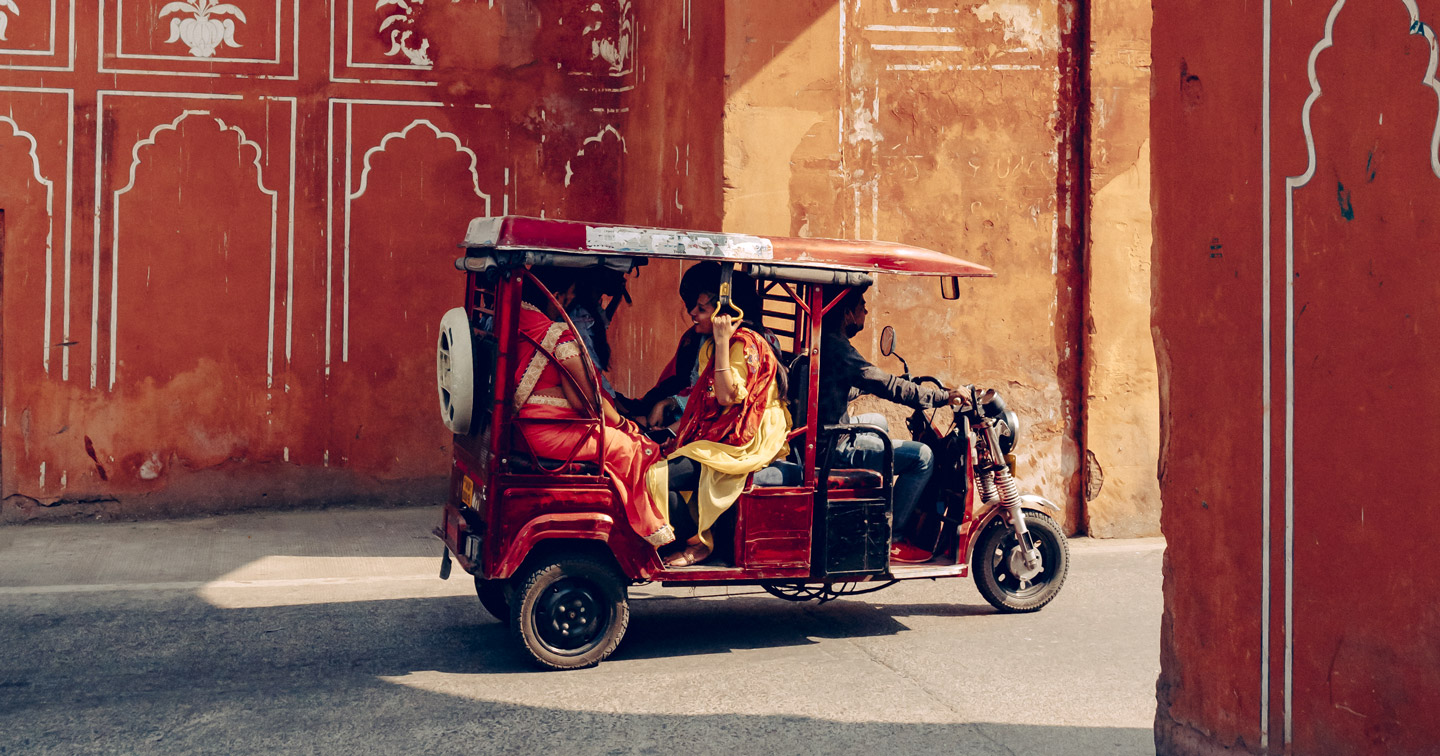
Our eager experts have explored India from its mountainous north to its tropical south in search of the best destinations, experiences and properties. In-country, our passionate team of Concierges share a love of India and are always on hand to impart extensive knowledge of their country. Working with phenomenal local guides across the country, we tailor experiences to your specific interests, from family-friendly block printing in Jaipur to city food tours and off-the-beaten-track wildlife safaris. Whether you’d rather call a historic palace or a humble guesthouse home, we can offer your dream accommodation while in India.
ENQUIRE NOWPractical advice and inspiration for your next trip
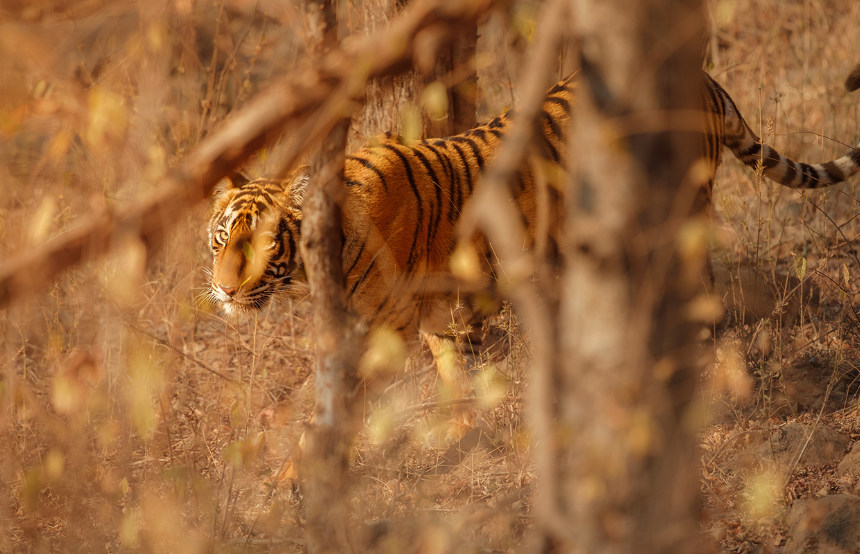
Searching for the best safaris in India? We’ve got you covered. Whether you’re keen to track tigers in Madhya Pradesh, admire Asiatic lions in Gujarat or photograph forest eagle owls in Kerala, your India holiday awaits. While Bengal tigers steal the limelight in Bandhavgarh National Park, don’t forget about the shaggy sloth bears (though they’re not as cuddly as they look). Feeling up for the adventure?
15th September 2025 - India Safari & Wildlife
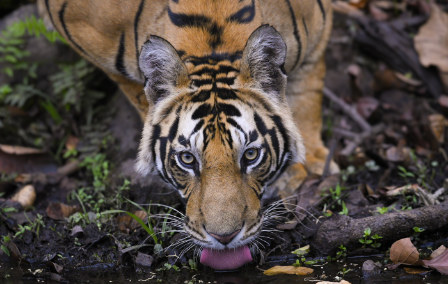
With their sleek, tangerine-tinged coats, piercing eyes and commanding presence, nothing beats the thrill of seeing a tiger in the wild. And where better than in India, home to the largest population on Earth? But when it comes to the best time to see tigers in India, it all depends on what you want from your trip. Whether you’d rather vivid green landscapes or crowd-free safaris, we’ve got the insider intel on when to see India’s famous big cats.
23rd June 2025 - India Safari & Wildlife
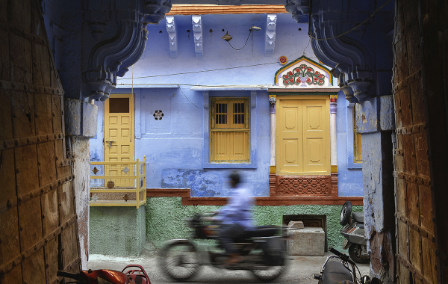
India has long been a favourite destination here at Original Travel. It's the kind of country that inspires a lifelong affinity; travellers become hooked on the kaleidoscope of colour, energy and spirituality that pulsates throughout the nation. From India’s remarkable landscapes and diverse cities to its thriving wildlife and creative cuisine, there’s always more to explore. Keen to discover more reasons to visit India?
25th May 2025 - India Travel Inspiration

Our team of destination experts will get to know you and your unique requirements for your holiday

We work with you to build an ultra-personalised holiday itinerary with your choice of accommodation, experiences and activities

All of our holidays include little extras designed to make a big difference to your trip, from fast-tracking you through airport check-in and security to our network of local Concierges